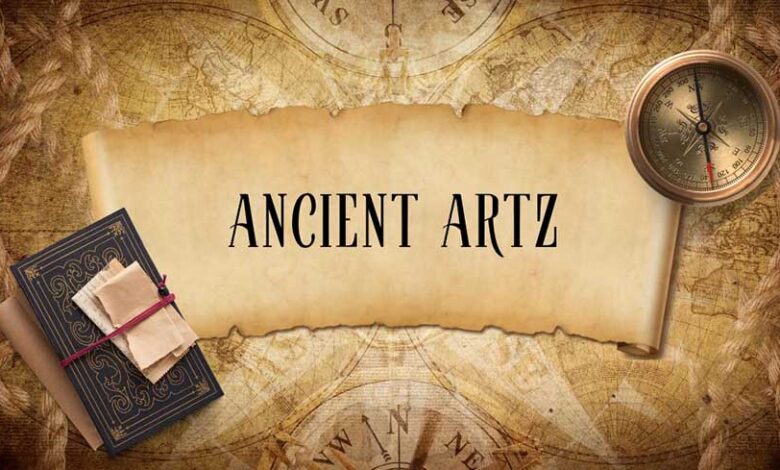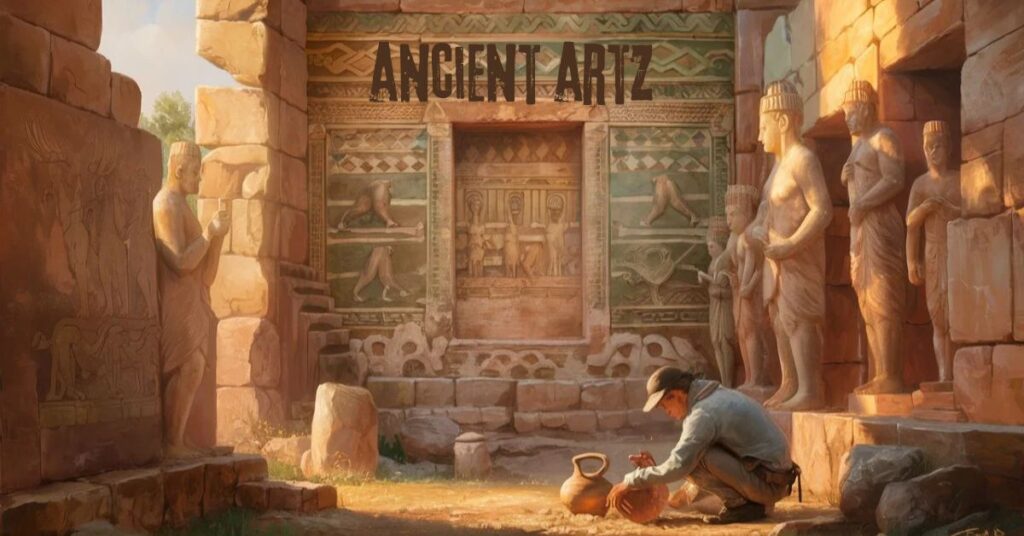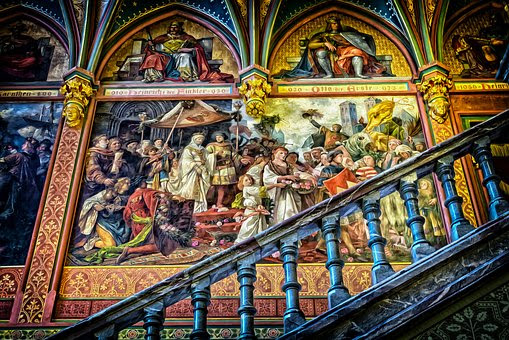Ancient Artz: Exploring the Timeless Beauty of Lost Civilizations

Introduction
Ancient Artz has always fascinated historians, archaeologists, and art lovers alike. The artistic expressions of early civilizations reflect their culture, beliefs, and technological advancements. From cave paintings to grand sculptures, It provides a glimpse into the past, showcasing how early societies documented their stories and emotions through creativity.
Art from lost civilizations has influenced modern art in numerous ways, shaping aesthetics, techniques, and interpretations. This article delves into the significance of Ancient Artz, exploring its various forms, historical importance, and lasting legacy.
The Origins of Ancient Artz
The history of Ancient Artz dates back thousands of years, beginning with prehistoric cave paintings. Some earliest known artworks are in places like France’s Lascaux Caves and Spain’s Altamira Cave. These paintings, primarily of animals and hunting scenes, provide insight into the lives of early humans.
With time, as civilizations emerged, It evolved into more sophisticated forms. Mesopotamians, Egyptians, Greeks, Romans, and many other cultures contributed significantly to the art world, leaving behind masterpieces that still inspire modern artists today.
Key Civilizations and Their Contributions to Ancient Artz

Each civilization developed its distinct artistic style, influenced by its environment, religion, and technological capabilities. Let’s explore some of the most prominent cultures that shaped Ancient Artz.
Egyptian Art: Symbolism and Grandeur
Ancient Egyptian art is one of the most well-preserved forms of Ancient Artz. Known for its symbolic representation and religious significance, Egyptian artists created elaborate murals, sculptures, and temples. Hieroglyphics, tomb paintings, and statues of pharaohs were designed to honor deities and rulers, ensuring their legacy lasted for eternity.
Greek and Roman Art: The Birth of Realism
The Greeks introduced realism into Ancient Artz, perfecting sculptures and paintings emphasizing human anatomy and emotions. The Romans followed suit, adopting Greek techniques and adding innovations, such as mosaics and frescoes. These civilizations laid the foundation for classical art, which later influenced the Renaissance.
Mesopotamian Art: The Cradle of Civilization
The Mesopotamians, including the Sumerians, Akkadians, and Babylonians, made remarkable contributions to Ancient Artz. Their ziggurats, cylinder seals, and cuneiform inscriptions reflect their advanced society and deep religious beliefs. The famous Ishtar Gate of Babylon represents their architectural and artistic prowess.
Chinese and Indian Art: Spirituality in Ancient Artz
In Asia, Ancient Artz was deeply rooted in spirituality and philosophy. Chinese calligraphy, ink paintings, and Buddhist sculptures showcased an appreciation for nature and harmony. Meanwhile, Indian art flourished through temple carvings, intricate paintings, and religious statues, with Hindu and Buddhist influences shaping its themes.
Techniques and Materials Used in Ancient Artz
The artists of ancient times had access to limited materials compared to today. However, they used their resources innovatively, creating artworks that have survived for centuries. Some standard techniques and materials in Ancient Artz include:
- Stone Carving – Used for sculptures, statues, and architectural elements.
- Fresco Painting – A technique where pigments are applied to wet plaster, commonly seen in Roman and Minoan art.
- Pottery and Ceramics – Found in nearly every civilization, decorated with intricate patterns and mythological stories.
- Metalwork and Jewelry – Egyptians, Mesopotamians, and Greeks crafted elaborate jewelry and tools using gold, silver, and bronze.
- Textile Art – Ancient textiles, such as those from Peru’s Paracas culture, featured colorful and symbolic woven designs.
The Influence of Ancient Artz on Modern Art

The artistic principles developed in Ancient Artz continue to inspire modern artists. Concepts such as perspective, proportion, and symbolism originated from early civilizations and are still prevalent today. Renaissance artists like Michelangelo and Leonardo da Vinci studied Greek and Roman sculptures, while contemporary painters drew inspiration from cave paintings and indigenous art forms.
Additionally, the preservation and study of Ancient Artz have led to the development of museums and restoration techniques, ensuring that these masterpieces remain accessible for future generations.
The Importance of Preserving Ancient Artz
Preservation of Ancient Artz is crucial for understanding human history and cultural evolution. Many ancient artworks face threats from natural disasters, climate change, vandalism, and looting. Efforts by UNESCO and other cultural organizations help protect these priceless artifacts through conservation programs and archaeological research.
Museums, such as the Louvre, the British Museum, and the Metropolitan Museum of Art, house collections of Ancient Artz, providing education and awareness to the public. Digital technology, including 3D scanning and virtual reality, also aids in the preservation and accessibility of ancient artworks.
Conclusion: The Timeless Legacy of Ancient Artz
Ancient Artz serves as a bridge between past and present, offering a glimpse into early civilizations’ creativity, beliefs, and lifestyles. From the grandeur of Egyptian pyramids to the delicate strokes of Chinese calligraphy, these artistic expressions remain an essential part of human heritage.
Understanding and appreciating Ancient Artz allows us to connect with our ancestors and gain insight into their world. As efforts to preserve and study ancient artworks continue, their timeless beauty and historical significance will remain a source of inspiration for future generations.
Also Read: Doujindesu: Read Unlimited Manga and Doujinshi Online
Frequently Asked Questions (FAQs)
1. What is Ancient Artz?
It refers to the artistic expressions of early civilizations, including paintings, sculptures, pottery, and architecture, that reflect the culture and beliefs of the time.
2. Which civilizations contributed the most to Ancient Artz?
Some of the most influential civilizations in Ancient Artz include the Egyptians, Greeks, Romans, Mesopotamians, Chinese, and Indians, each bringing unique styles and techniques.
3. What materials were commonly used in Ancient Artz?
Ancient artists used stone, clay, metal, wood, and natural pigments to create masterpieces.
4. How does Ancient Artz influence modern art?
Many modern artistic techniques, including realism, perspective, and symbolism, originated from Ancient Artz. The study of ancient masterpieces continues to inspire contemporary artists.
5. Why is preserving Ancient Artz important?
Preserving Ancient Artz helps maintain cultural heritage, educates future generations, and provides insight into past civilizations’ artistic and technological advancements.



